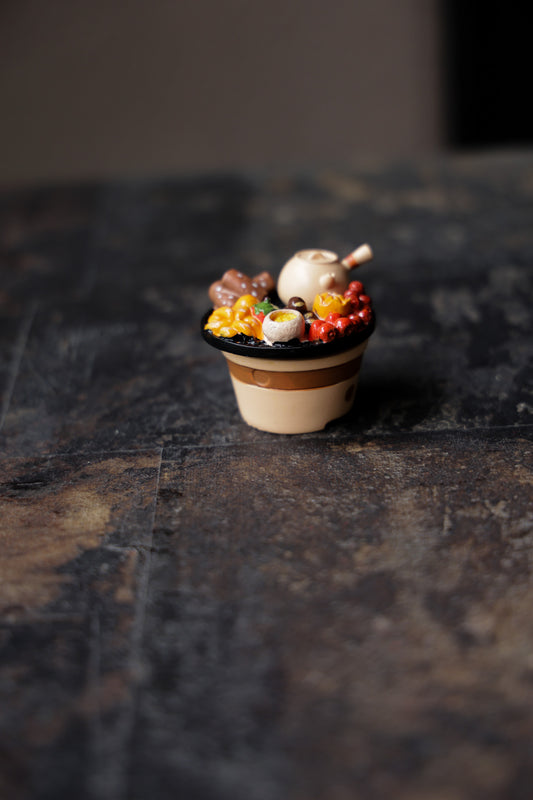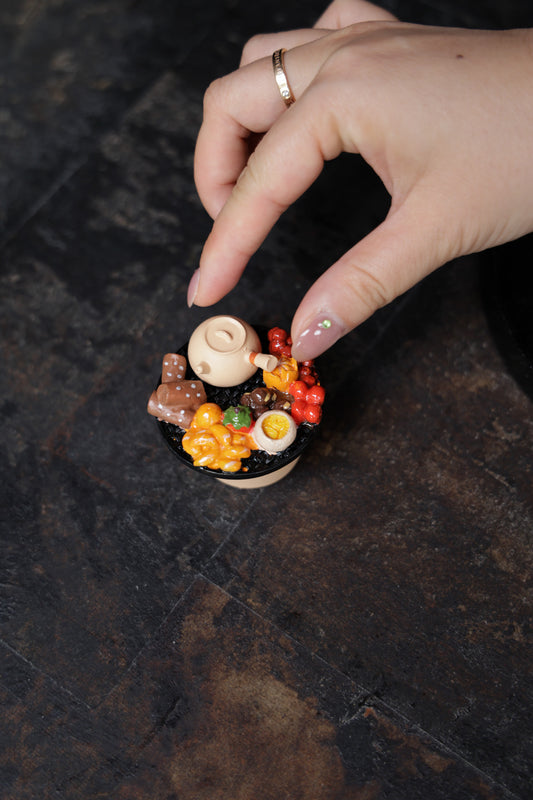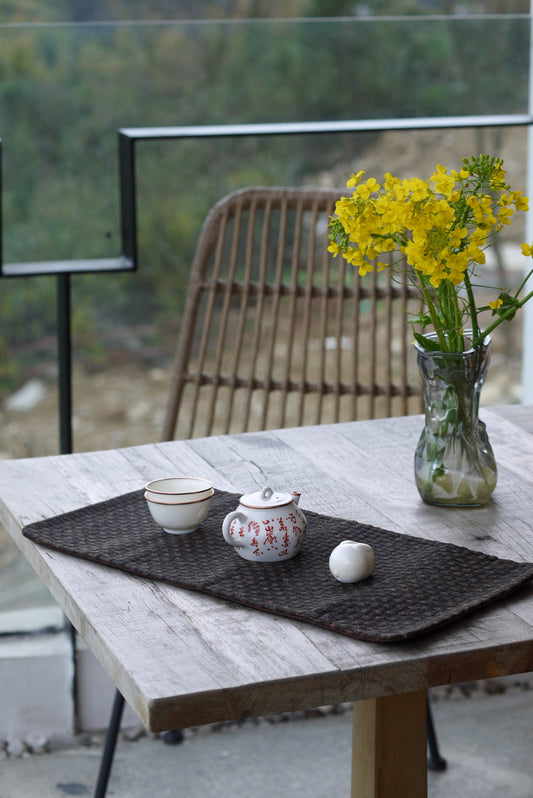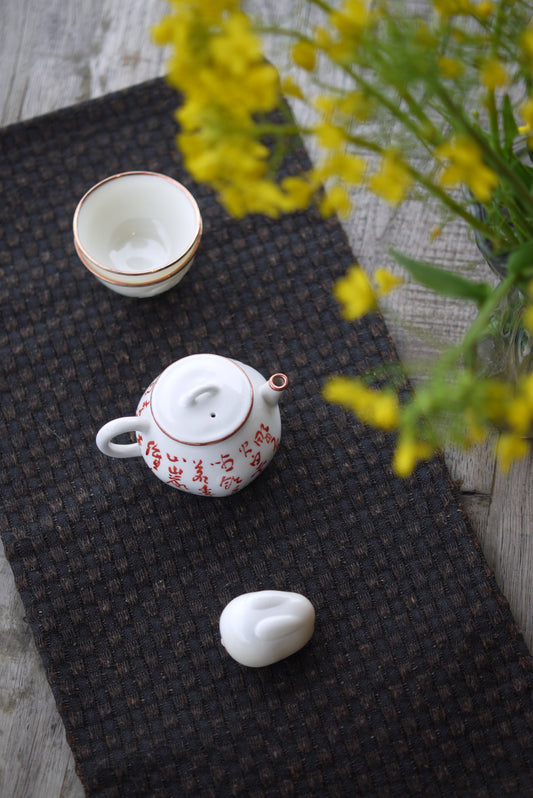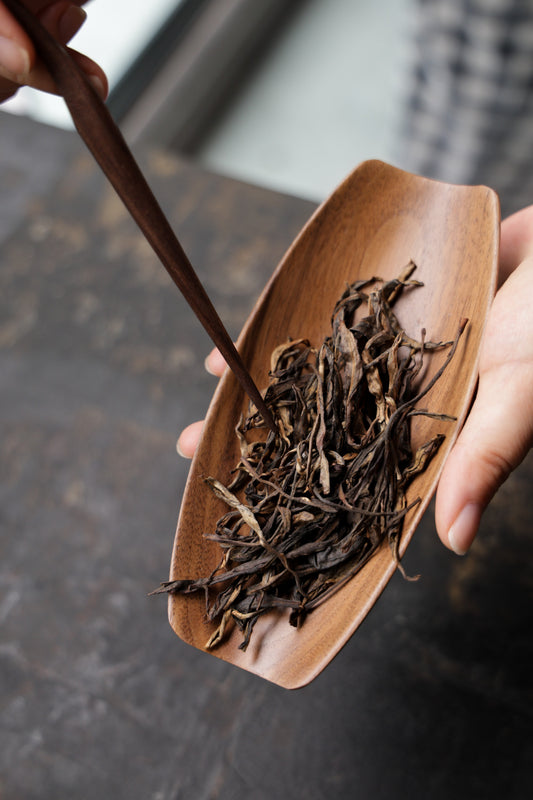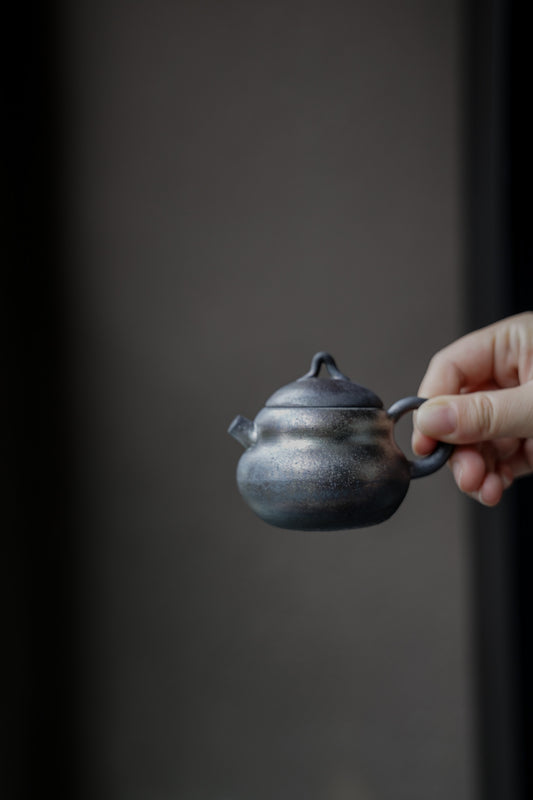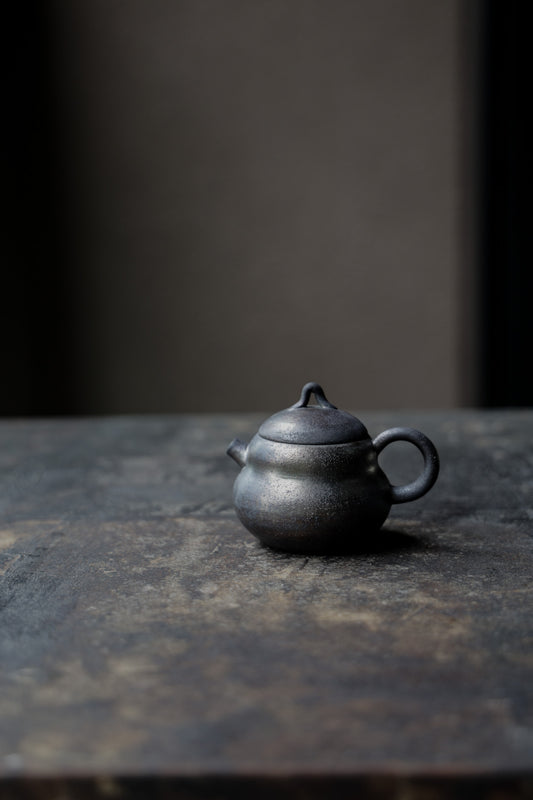
Tea Connoisseurship: A Guide to Appreciating and Enjoying Tea
YuanKevinShare
Drinking tea is familiar to every Chinese person. However, when it comes to truly understanding tea, many are daunted and feel lost. Tea has historically been an agricultural product in China. Because it was regarded as a daily necessity by scholars and poets, it became highly valued by the wealthy and thus transformed into a high-end luxury item.
Drinking tea can be both a daily hobby and a ceremonious ritual. The beauty of tea lies in its ability to reflect the myriad aspects of life. Tea can be as ordinary as daily necessities like rice and oil, or as refined as pursuits like music and poetry.
Tea can serve as a quick refreshment when you’re parched, where a large gulp provides immediate relief, and the fragrance and flavor become secondary. Alternatively, tea can be a leisurely pleasure, sipped slowly to savor the tranquility and simplicity of life. What Kind of Tea Do Tea Connoisseurs Drink?
What Kind of Tea Do Tea Connoisseurs Drink?
Based on Taste and Preference
Tea connoisseurs choose tea according to their taste and preferences, such as black tea, green tea, yellow tea, or dark tea. They also pay attention to the tea's origin, picking time, and processing methods to appreciate its unique flavor and quality.
Adjusting According to Seasons
Connoisseurs often adjust their tea choices with the seasons to align with the climate and maintain health. They drink flower tea in spring, green tea in summer, oolong tea in autumn, and black tea in winter.
Considering Health Conditions
Each person's health condition varies, and tea drinking should be personalized. Connoisseurs consider both the season and their physical state. For example, those with a cold stomach should choose warm teas like black tea or pu-erh. People prone to heat should drink cooling teas like green or white tea. Those aiming for weight loss might prefer oolong or pu-erh tea.
Choosing Tea Based on Mood
Connoisseurs select tea to match their mood, helping to regulate emotions. Green tea can reduce anxiety and tension due to its theanine content. Black tea, with its warm and sweet flavor, can uplift a downcast mood. Oolong tea, with its high fragrance, can invigorate when tired. Jasmine tea, with its pleasant aroma, can relieve stress and lift spirits.
In summary, tea connoisseurs appreciate and experience tea from multiple perspectives, focusing on details and ritual. By savoring the aroma, taste, and color of tea, they fully enjoy its beauty and charm.
Drinking tea can be both a daily hobby and a ceremonious ritual. The beauty of tea lies in its ability to reflect the myriad aspects of life. Tea can be as ordinary as daily necessities like rice and oil, or as refined as pursuits like music and poetry.
Tea can serve as a quick refreshment when you’re parched, where a large gulp provides immediate relief, and the fragrance and flavor become secondary. Alternatively, tea can be a leisurely pleasure, sipped slowly to savor the tranquility and simplicity of life.

Based on Taste and Preference
Tea connoisseurs choose tea according to their taste and preferences, such as black tea, green tea, yellow tea, or dark tea. They also pay attention to the tea's origin, picking time, and processing methods to appreciate its unique flavor and quality.
Adjusting According to Seasons
Connoisseurs often adjust their tea choices with the seasons to align with the climate and maintain health. They drink flower tea in spring, green tea in summer, oolong tea in autumn, and black tea in winter.
Considering Health Conditions
Each person's health condition varies, and tea drinking should be personalized. Connoisseurs consider both the season and their physical state. For example, those with a cold stomach should choose warm teas like black tea or pu-erh. People prone to heat should drink cooling teas like green or white tea. Those aiming for weight loss might prefer oolong or pu-erh tea.
Choosing Tea Based on Mood
Connoisseurs select tea to match their mood, helping to regulate emotions. Green tea can reduce anxiety and tension due to its theanine content. Black tea, with its warm and sweet flavor, can uplift a downcast mood. Oolong tea, with its high fragrance, can invigorate when tired. Jasmine tea, with its pleasant aroma, can relieve stress and lift spirits.
In summary, tea connoisseurs appreciate and experience tea from multiple perspectives, focusing on details and ritual. By savoring the aroma, taste, and color of tea, they fully enjoy its beauty and charm.

